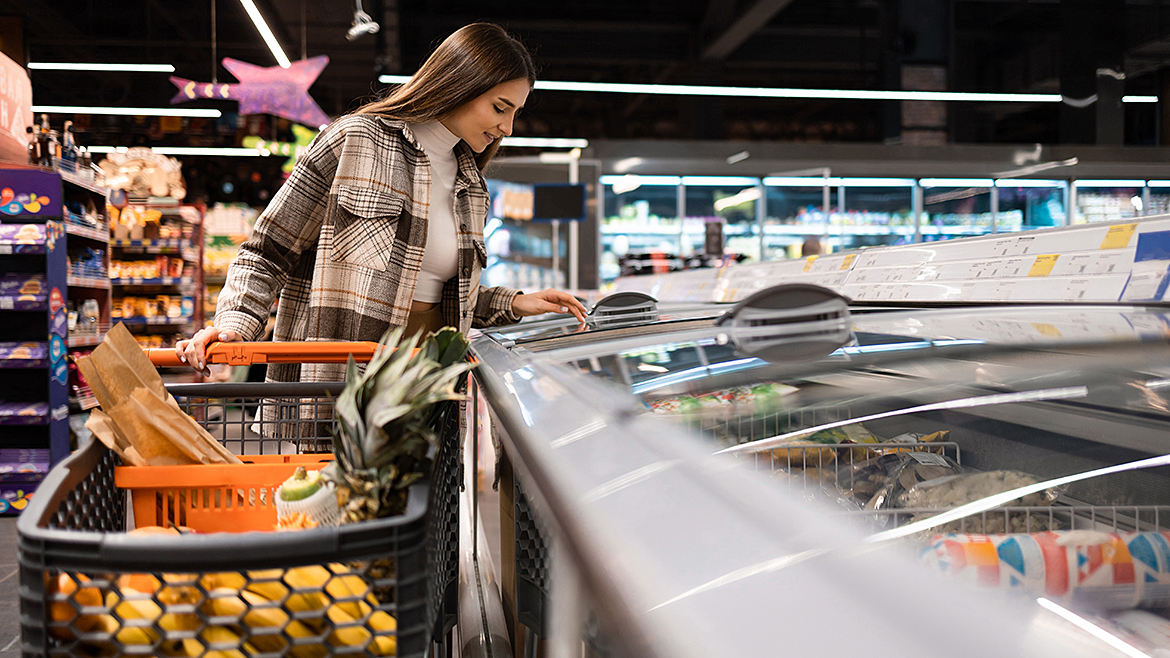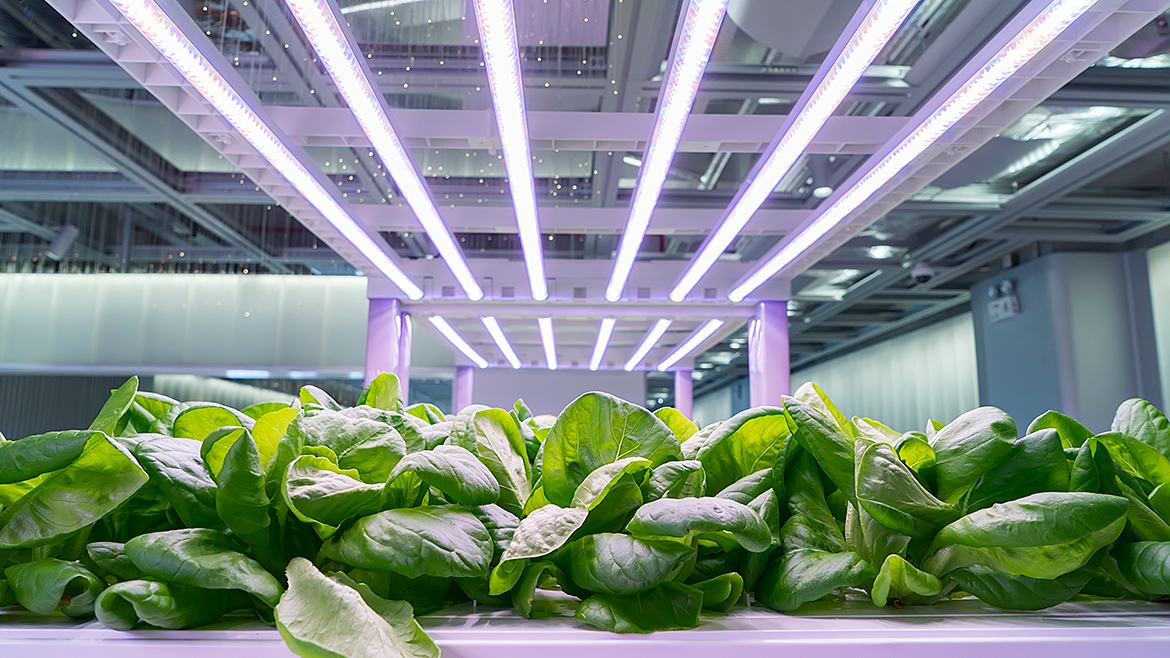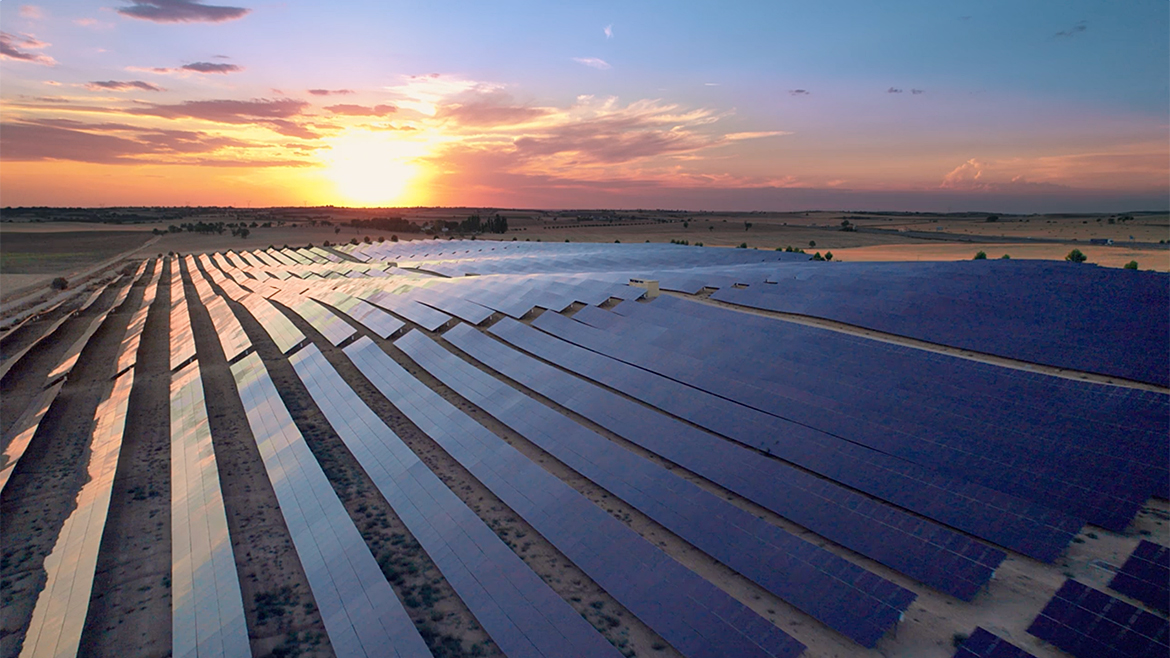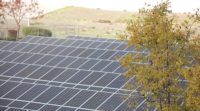Sustainable solutions can mean green in more ways than one.
A joint study from McKinsey and NielsenIQ released in February found that consumers care about buying environmentally and ethically sustainable products and are willing to back it up with their wallets.
Nielsen relied on consumer insights from over 100,000 households and five years of U.S. sales data covering over 600,000 product SKUs across 32 food, beverage, personal care and household categories. The research found six types of environmental, social and corporate governance (ESG) claims on product packaging: animal welfare; environmental sustainability; organic positioning; plant-based; social responsibility and sustainable packaging.
Over the past five years, products making ESG-related claims accounted for 56% of all growth—about 18% more than would have been expected given their standing at the beginning of the five-year period, according to the report.In two-thirds of categories, products that made ESG-related claims grew faster than those that didn’t.An example: among large brands in the frozen-dessert category, products with a “plant-based” claim grew at a rate of 8.5% over five years, compared with 4.4% for products without “plant-based” claims, a growth differential of 4.1%.
There are opportunities for energy and resource savings, and sustainability initiatives, at all points in the manufacturing/processing and distribution of cold and frozen foods.
“Sustainability goals on projects will only continue to grow in importance. The market is demanding new solutions to solve our daily design, construction and operations needs in a sustainable manner,” said Randy Drake, P.E., project manager and department leader at Gresham Smith. “I believe that cold storage is naturally sustainable because it is an industry that is extremely mindful of creating a space that maintains temperature and environmental controls inside the building. Cold storage exposes a facility to extraordinary long-term costs for inefficiencies or unnecessary energy losses. The client type, which we refer to as ‘heavy users,’ places a high level of focus on managing energy consumption and controlling the envelope.”
 The New York University Stern Center for Sustainable Business and Circana (formerly IRI and NPD), in March released their latest CSB Sustainable Market Share Index, which found that sustainability-marketed products outperformed conventionally marketed products across 36 categories and grew +0.3 points to 17.3% of purchases. Image courtesy of Andrii Borodai | Getty Images
The New York University Stern Center for Sustainable Business and Circana (formerly IRI and NPD), in March released their latest CSB Sustainable Market Share Index, which found that sustainability-marketed products outperformed conventionally marketed products across 36 categories and grew +0.3 points to 17.3% of purchases. Image courtesy of Andrii Borodai | Getty Images
Efficient envelope systems often include insulated metal panels, which serve dual purposes: providing a thermal barrier and minimizing building leakage/infiltration. In a clean environment, they make a great material for washdown in food/beverage facilities.
“One of our long-standing frozen food clients generally has a pretty robust envelope that helps with energy losses. We use variable refrigerant volume (VRV) systems and other economizers to try to drive down energy consumption where we can in office-type spaces,” Drake said. “The sustainability approach that we are able to take is that we don't want to use any more power than is absolutely necessary. That's where the thick envelope, self-closing doors and vestibule areas around cold storage come in, because all of that drives a reduction in cooling.”
Sustainable Steps
Other ways companies are going green:
- Energy-efficient LED Lighting.
- Daylighting systems in areas where possible.
- Energy sub-metering.
- Installing electric vehicle charging.
- Building Automation Systems for efficient use and equipment monitoring.
- Heat pumps for heating and cooling non-processing areas.
- Energy-recovery ventilation.
- Multi-stage or variable-speed compressors on packaged equipment.
- Variable Frequency Drives (VFDs) or use Electrically Commutated Motors (ECMs) on componentry.
Although many cold facility operators aren’t aware of incremental declines in system performance, over time they can have detrimental effects on energy efficiency and operational costs. Deploying a centralized energy management system (EMS) and control network boosts energy efficiency by enabling continuous commissioning to ensure systems are running at peak performance. Implementing these controls supports a variety of energy management best practices, from individual asset, system-level and enterprise-wide optimization, to condition-based maintenance and predictive fault detection capabilities.
 Image courtesy of SlavkoSereda | Getty Images
Image courtesy of SlavkoSereda | Getty Images
“Because cold facilities have a wide range of refrigeration loads, cooling requirements and capacity sizes, achieving the right balance of energy efficiency and operational reliability must be done on a case-by-case basis,” said Kurt Knapke, vice president of Solutions Strategy at Emerson. “Regardless of the refrigerant or architectural choice, operators can benefit from an EMS-driven controls network that helps them to continuously commission their refrigeration system and enable them to participate in the energy optimization benefits of grid interactivity.”
Proper load management also involves consideration for electrical loads and interactivity with the local grid and/or utility. Connected EMS networks can help companies participate in demand limiting and response programs to avoid peak electrical charges and coordinate their intensive production processes with available local grid capacity.
“By upgrading refrigeration systems with electronic expansion valves (EEVs) and installing variable frequency drives (VFDs) on the condenser fan and lead compressor, they can operate at much lower condensing pressures. This strategy enables the condensing pressure to float with the ambient temperature and vary the compressor speed to modulate its capacity to match changing load requirements,” said Andre Patenaude, director of Solutions Strategy at Emerson. “The energy efficiency and cost reductions can be significant — up to 38% in certain Emerson’s field tests — while improving refrigeration setpoint precision.”
Most large frozen food facilities use central refrigeration systems, often ammonia or carbon dioxide (CO2).
Ammonia has a global warming potential (GWP) and an ozone depletion potential (ODP) of zero, and decays naturally in the environment. Plus, ammonia machinery is already electrified and can be a significant step toward utilizing increased renewables.
“Ammonia refrigeration systems can effectively use waste heat for other processes or for sub-slab heating of freezers by using a glycol floor-warming system,” said Matthew Martinez, mechanical project engineer at Gresham Smith. “Ammonia can be used to run an entire plant. It can cool 60-degree F spaces all the way down to minus 50 degree F in blast freezing operations. So, it’s also an extremely flexible refrigerant.”
A big area of change for newer cold/frozen food facilities is spurred by the Environmental Protection Agency’s SNAP (Significant New Alternatives Policy) rules that are pushing for lower GWP refrigerants.
EPA Snap Rule 21 now prohibits refrigerant R-404A, which has an estimated GWP of over 3,900 pounds of CO2. A similar, but slightly less efficient substitute, refrigerant R-448A, has an estimated GWP of 1,386 pounds of CO2 equivalent.
“In adhering to the rules, sometimes a substitute refrigerant can be a little less efficient—as with substitute refrigerant R-448A—and therefore can require a little more energy to transfer the same amount of heat,” Martinez said. “One of the challenges is making a plant energy efficient and sustainable while also being mindful of the new SNAP rules and global warming potential.”
Another option is using carbon dioxide, often considered by companies using legacy hydrofluorocarbon (HFC) refrigerants.
 A joint study from McKinsey and NielsenIQ released in February found that consumers care about buying environmentally and ethically sustainable products and are willing to back it up with their wallets. Image courtesy of kynny | Getty Images.
A joint study from McKinsey and NielsenIQ released in February found that consumers care about buying environmentally and ethically sustainable products and are willing to back it up with their wallets. Image courtesy of kynny | Getty Images.
“CO2 delivers improved safety, high performance, low-GWP and significant opportunities for heat reclamation and recovery — all of which fit into many companies’ long-term sustainability objectives,” Patenaude said. “When considering the sustainability impacts of emerging low-GWP refrigerants, it’s important to include both Scope 1 and Scope 2 sources of greenhouse gas emissions. Scope 1 (i.e., direct GHG emissions) come from refrigerant leaks, while Scope 2 (i.e., direct emissions) come from the energy consumption of operating the equipment.”
Efficient warehousing/transportation, carbon reporting and associate engagement have all become standard practices within the cold foods transportation industry. Some distributors realize cost and energy savings by implementing 24-hour operations to support service to stores while reducing truck idling times at the distribution center and fuel consumption.
DHL in 2008 became the first global logistics company to set a quantifiable climate protection target.
“In 2010, and 2016, the company achieved carbon efficiency targets earlier than anticipated so DPDHL set an ambitious target in 2017, to reduce logistics-related emissions to net zero by 2050,” said Stephan Schablinski, vice president, DHL Operations Excellence – Go Green.
Route optimization is another way logistics providers can use technology to find the greenest ways to deliver foods.
“DHL has several pilots around the world involving alternative fuels for trucks including electric, renewable natural gas and hydrogen,” Schablinski said. “In addition, DHL Supply Chain intends for 100% of its leased/owned facilities to be carbon neutral by 2025.”
Food manufacturers are increasingly looking for ways to “green” containers by transitioning away from single-use plastics and moving toward circularity in their packaging.
SAMBAZON, a leading supplier of certified fair trade and organic acai, is focusing on packaging as a way to reduce the company’s environmental impact. They recently partnered with Footprint to develop a sustainable, plant-based fiber packaging solution with a 15-month shelf life.
“SAMBAZON is committed to achieving plant-based and post-consumer recycled packaging for all USA retail products by 2025,” said SAMBAZON’s CFO/COO Ricardo Perdigao. “Our partnership with Footprint has enabled us to deliver our fair trade and organic certified açai to the world in packaging aligned with our sustainability goals, paving the way for a zero-waste future and minimizing our impact on the environment.”






Report Abusive Comment